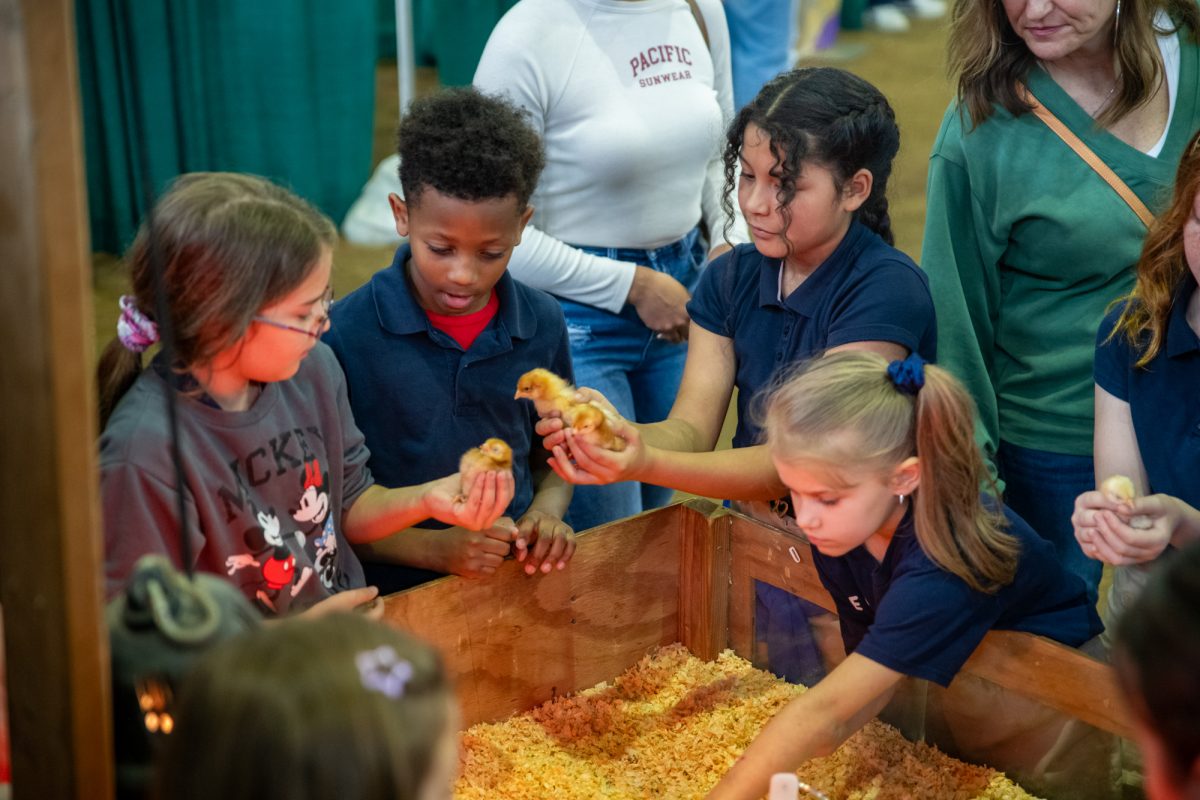The “Cadets of the Ole War Skule” will gatherSaturday morning on the Parade Ground for the 10th-annual LSUSalutes ceremony to celebrate the University’s militaryhistory.
The cadets are veterans and alumni of the University’sArmy and Air Force ROTC Program, which was a requirement for allmale students until 1969.
But many students have no idea how intertwined the educationthey get today is with the “Ole War Skule,” as theUniversity was once called, or that it was synonymous with theROTC.
Randy Gurie, director of Student Life and Academic Support, wasthe student body president when the faculty senate passed theresolution to make the two-year ROTC service voluntary.
“A lot has changed since then,” Gurie said. “Ithink we made the right decision at the time, but I think we lost agreat deal when we did that because of the discipline involved andbecause of all the things that are inherently a part of such aprogram.”
Gurie said LSU sent more than 12,000 officers to World War II,more than any other university in the nation aside from themilitary academies.
Now there are only about 300 cadets in ROTC here.
But when Gurie attended school, the military dominated dailylife for students.
He said his freshman orientation required his class to report tothe grounds where the Maravich Center now stands for drills at 6:30a.m.
“Four thousand of us were yelling at the the top of ourlungs, ‘Good morning, Mike the Tiger, Sir!’ with thecommander saying he can’t hear you,” he said.”People at Exxon could hear us.”
LSU was a military institution when it was founded in 1860 byWilliam T. Sherman, who later became a Union army general duringthe Civil War. Sherman was the first to use the name “Ole WarSkule” in a speech he made to Congress, Gurie said.
He later ordered his soldiers to spare the original campus frommass burnings during the Civil War.
The Cadets of the Ole War Skule formed when the University movedfrom its downtown site near the State Capitol to its currentlocation. The original members attended the downtown campus, butnow membership is open to all veterans of the program.
Many of the University’s most-heralded traditions aredirectly related to military traditions, Gurie said.
The Tiger Band originally was a military band.
Tiger Stadium was constructed as military barracks that happenedto house a football stadium during Gov. Huey P. Long’stenure.
Memorial Tower was completed in 1926 in memory of the Louisianasoldiers killed during World War I.
Incoming freshmen were required to shave their heads and wearpajamas to the first football game.
Still, many are unaware of the influence of military culture atthe University.
Michael LaGasse, a pre-pharmacy freshman, said he did not knowmilitary service was required.
“I had no idea,” LaGasse said.
LaGasse said if military service still was required, he wouldnot mind.
Andrew Ivie, an English sophomore, said he “probablywouldn’t be too happy,” if ROTC was required.
Gurie said student life is more demanding today than ever. Butthe University’s military traditions should not be lost. TheROTC still is part of many University ceremonies, such as Fall Festand the Christmas Tree Lighting.
“Part of what we do is try to bring back into the life ofthe University some of that sense of community we have lost throughthe years that made it a really special place,” Guriesaid.
Saluting Military History
November 12, 2004
Saluting Military History






